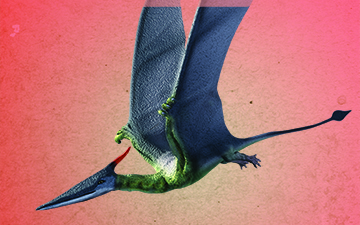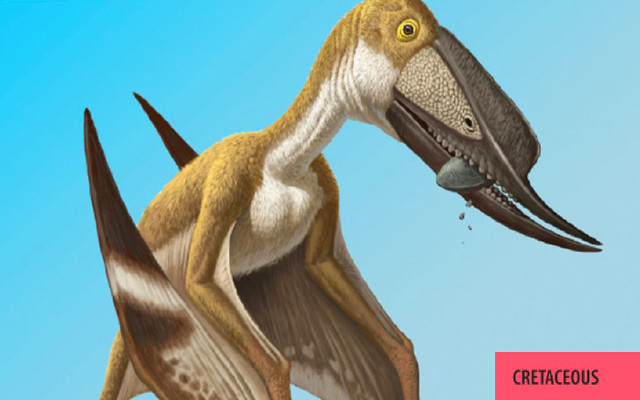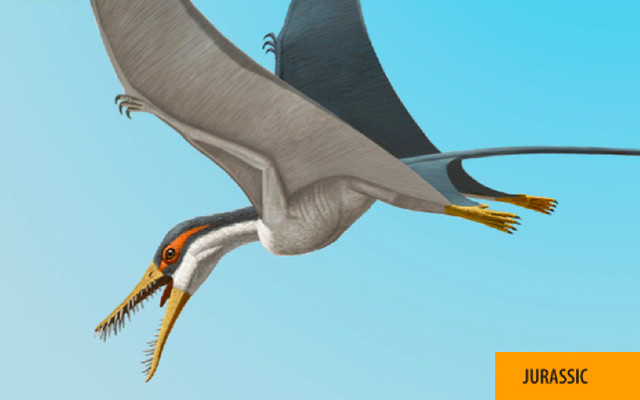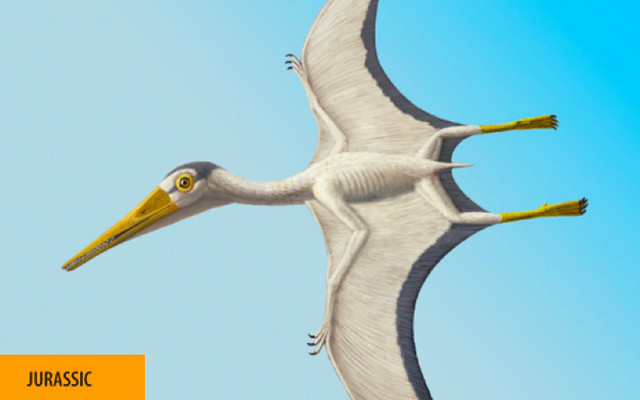Pterosauria

Angustinaripterus
Angustinaripterus


7 POINTS
Play: Angustinaripterus had a FLIGHT of 2.
Fact: This pterosaur had an unusual long snout studded with about two dozen forward-curving teeth. It may have fed on fish.

Anhanguera blittersdorffi
Anhanguera blittersdorffi


EXTINCT | 5 POINTS
Play: FLIGHT of 2.
Anhanguera means “Old Devil.” The bumps on the tip of its bill may have helped stabilize its head when snatching fish as they leapt out of the water!

Scaphognathus
Scaphognathus


EXTINCT | 4 POINTS
Play: FLIGHT of 1.
Scaphognathus means “fat snout” in Latin. It has been found in Germany and may have had a good sense of sight.

Dsungaripterus weii
Dsungaripterus weii


EXTINCT | 5 POINTS
Play: FLIGHT of 2.
Dsungaripterus was first found in China in the Junggar Basin. Its jaw was designed to catch and eat fish, but rather to dig up clams along the beach and crush them with its large flat teeth.

Rhamphorhynchus muensteri
Rhamphorhynchus muensteri


EXTINCT | 4 POINTS
Play: FLIGHT of 1.
Rhamphorhynchus means “beak snout.” This pterosaur has been found in Germany. It had a very long tail, and its long needle-like teeth helped it catch fish over open water.

Pterodactylus antiquus
Pterodactylus antiquus


EXTINCT | 4 POINTS
Play: FLIGHT of 1.
These were the first pterosaurs ever to be identified, found in 1784 by the German scientist Cosimo Alessandro Collini for the wonder cabinet he curated.